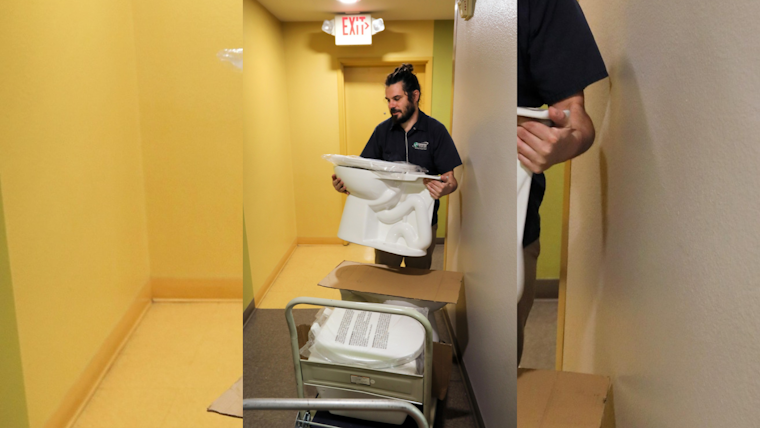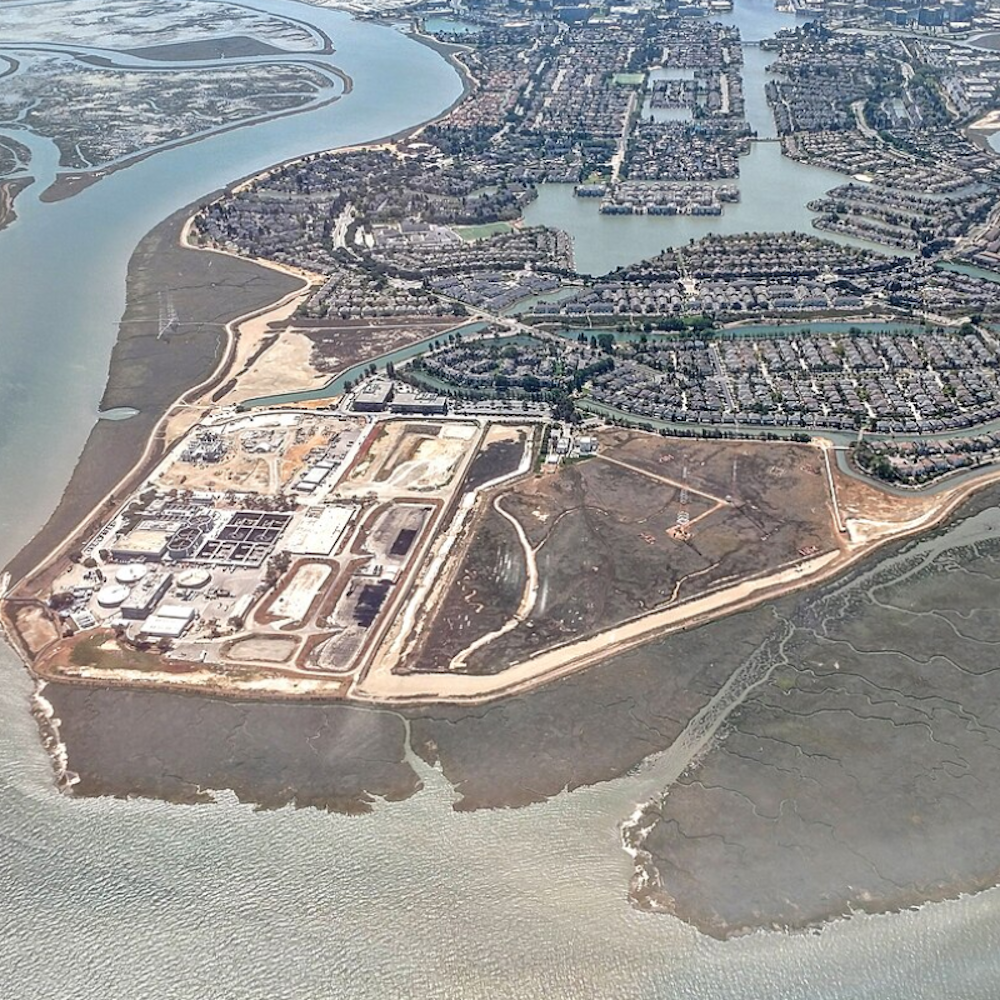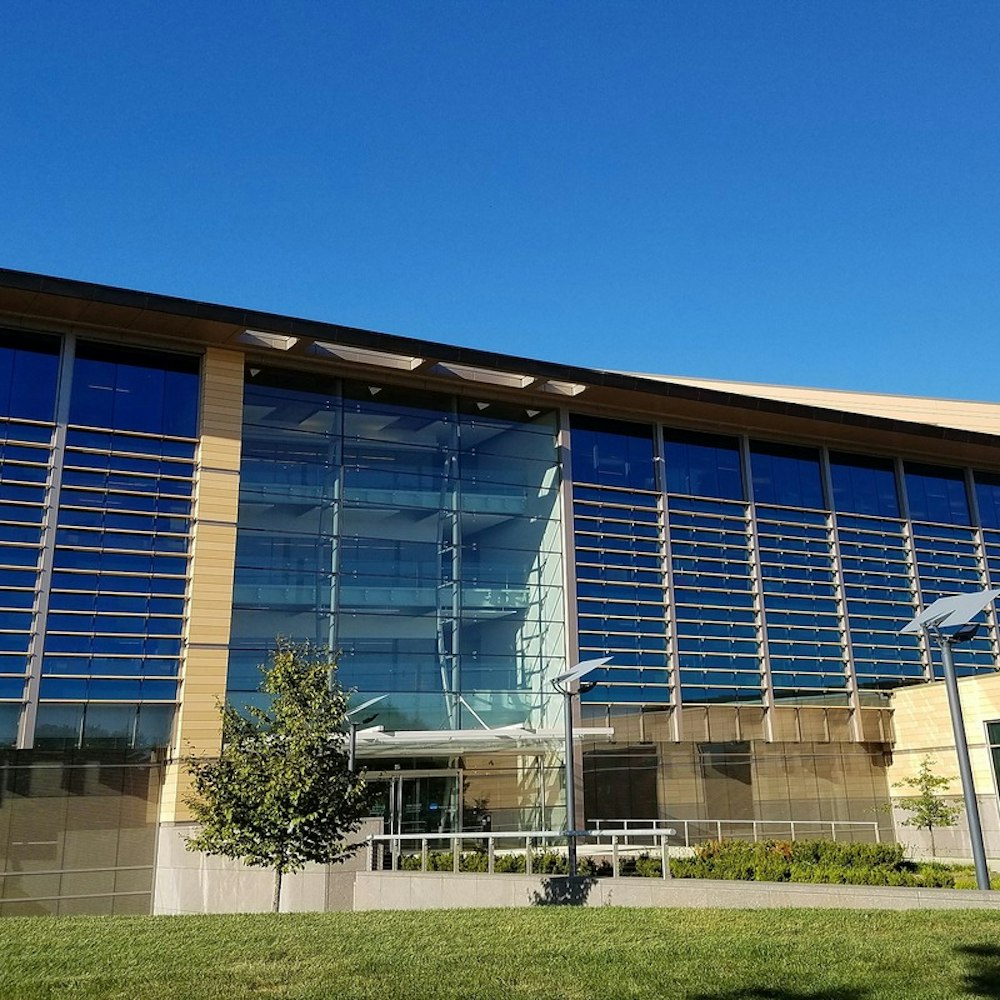
San Diego County is flushing away old, inefficient toilets for thousands of local residents at no cost. Courtesy of a grant-funded program by the San Diego County Water Authority, more than 6,000 high-efficiency toilets have been installed for income-qualifying and under-represented communities. Even better news, funds are still flush for replacing about 4,000 additional outdated commodes.
According to the Water Authority’s announcement, participants must be residential customers within the Water Authority’s service area to nab this no-cost home upgrade. In addition to lavatories, the program offers smart irrigation controllers, aiming to aid consumers in dodging the bullet of hefty water bills and contributing to water conservation efforts.
Championing water affordability and conservation, Mel Katz has taken his stand as the Water Authority’s Board of Directors chair. "This is a great way for residents to get a free home upgrade that conserves water and saves on water bills," Katz enthused about the program. He expressed the agency's goal to buffer community members from the creeping tentacles of inflation impacting water prices.
With a history of addressing water bills that piled up due to COVID-19, the Water Authority has remained steadfast. They helped secure a hefty $25 million to settle overdue residential water tabs. Further fortifying its infrastructure, the agency conducts an asset management program to avoid expensive emergency repairs that can arise from pipeline calamities.
The Direct Install Program, backed with more than $4 million in grants, replaces toilets gulping down 1.6 gallons or more per flush with high-efficiency models that use a mere half of that. Funds flow from the California Department of Water Resources and the Metropolitan Water District of Southern California. This swap-out contributes to the region’s water conservation strategy amidst recurring dry spells and water scarcity concerns.









